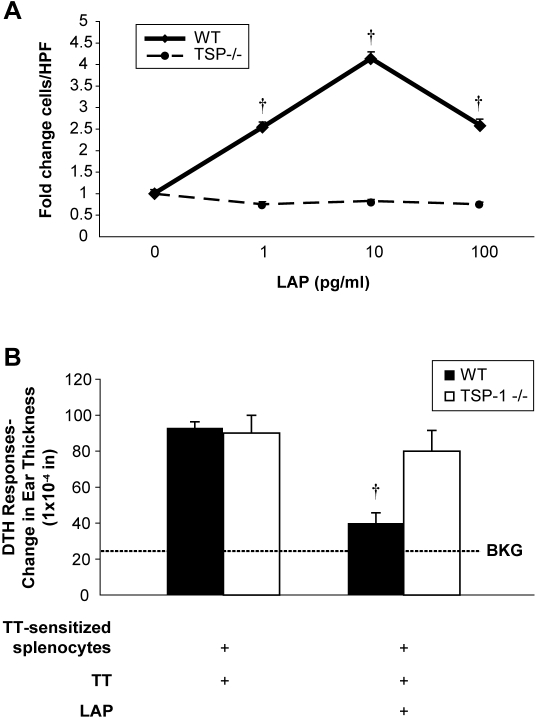Figure 4. LAP-induced inflammatory cell recruitment is altered in TSP-1 deficient (TSP-1 −/−) mice.
(A) Bone marrow macrophages from wild type C57BL/6 or TSP-1−/− mice were isolated and assessed for chemotaxis activity using modified Boyden chambers. Macrophages (5×104/condition) were suspended serum-free in Gey's balanced salt solution and chemotaxis was assayed by counting the mean of five blinded high-powered fields on the polycarbonate filter (†p<0.001 for the chemotaxis of wild-type vs. TSP-1 −/− BMM). The data is expressed as fold-change in the mean compared to control (media alone)±SEM for two independent studies done in triplicate. (B) LAP's ability to affect the direct DTHR was tested in TSP-1 −/− and wild-type mice. TSP-1 −/− and wild-type C57BL/6 mice were sensitized to tetanus toxin (TT) and then tested to confirm they had developed a TT-induced DTHR. This direct DTHR assay was performed in the pinnae of these mice with simultaneous injection (35 µl) of antigen (tetanus toxin) alone or with rhLAP (10 pg) (†p = 0.004 for LAP-treated versus untreated WT mice, n = 3). All bars represent the mean±SEM for two studies unless otherwise noted. DTHR, delayed-type hypersensitivity response; TT, tetanus toxin; WT, wild type, BKG, background ear girth.

